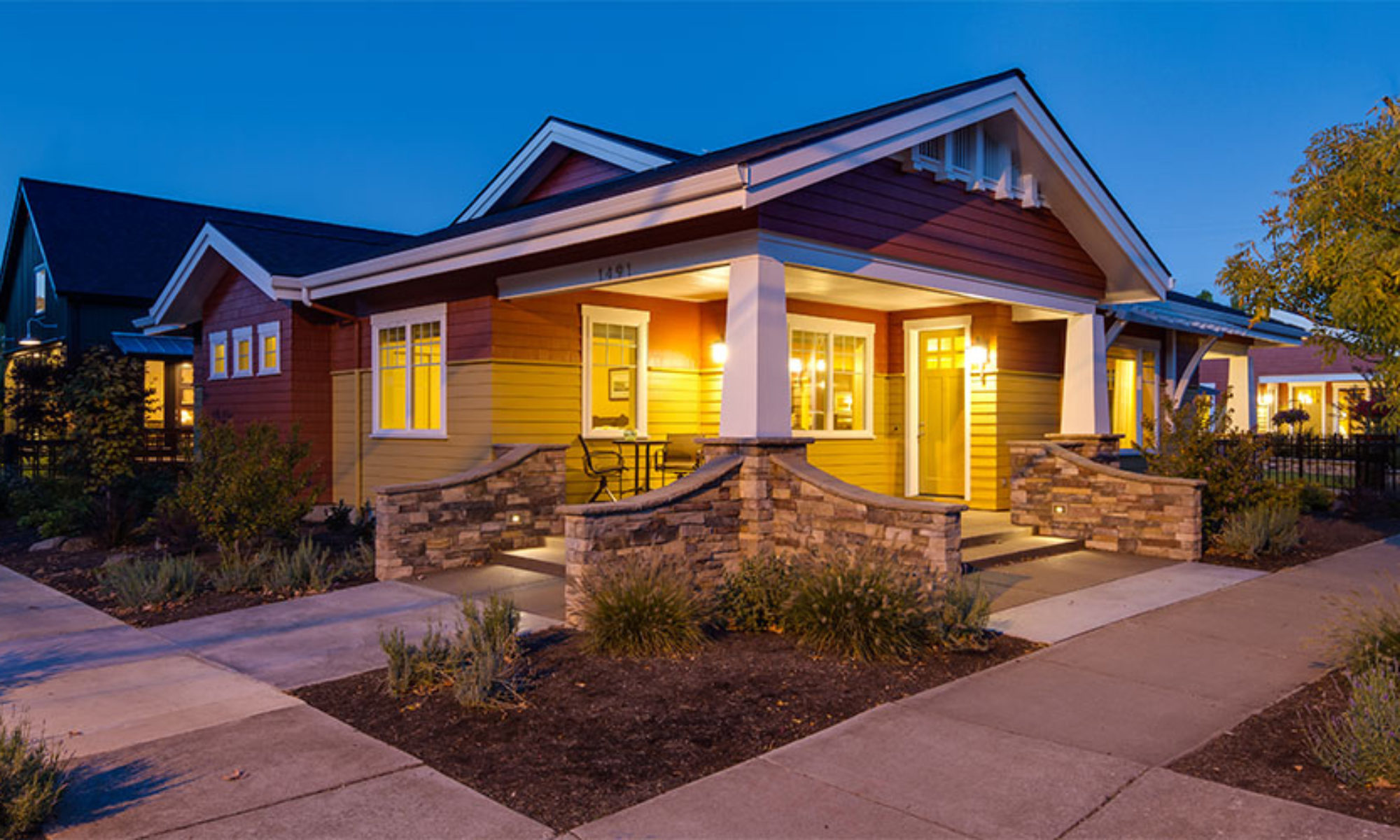We are a society of consumers. In the U.S., we have 5% of the world’s population and yet we consume 24% of all the world’s energy. Seems a little lop-sided, huh? If we consume less, we will waste less.
On the website Mindfully.org, Americans consume 815 billion calories of food a day (about 200 billion more than we need — enough to feed 80 million people). We also throw out 200,000 tons of edible food each day.
 Remember yesterday’s post about restaurant food portions? Have you ever done the “doggie bag” thing of your left over extra food, brought it home, put it in the frig and then tossed it a week later because you forgot about it?
Remember yesterday’s post about restaurant food portions? Have you ever done the “doggie bag” thing of your left over extra food, brought it home, put it in the frig and then tossed it a week later because you forgot about it?
I had coffee with a friend today and we had a good discussion about consumption and waste. He mentioned about how we need to start looking beyond just the waste we produce and really evaluate the embodied energy in things. That means considering where something is made, how much energy is used to make it, etc. You see, it’s more than just what we throw out. For a really interesting video about all this, check out The Story of Stuff.
My city (Eugene, Oregon) is developing a Climate and Energy Action Plan. Interestingly enough, the next public meeting topic is Consumption and Waste. It will be at the Eugene Water & Electric Board on January 6, 2010 from 6 pm to 9 pm. These public forums are a great way for you to get involved and share your opinions.
So as you work to “halve it all”, put this next meeting on your calendar; they are enjoyable and informative.









